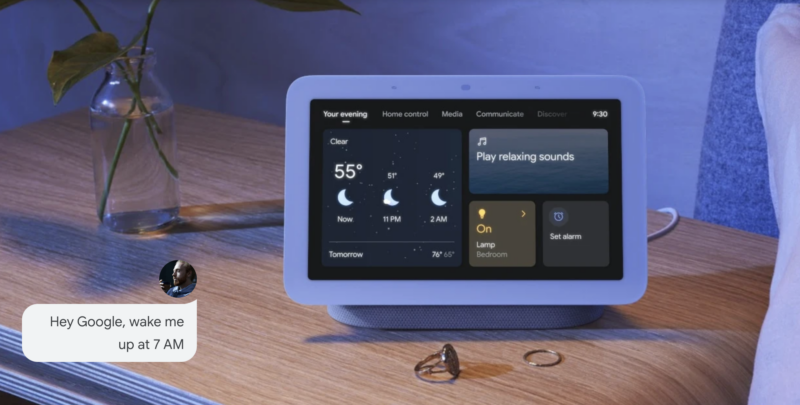The Three Times Churches Buy Audio, Video and Lighting
 There are three main reasons churches upgrade or outright add new equipment: when entering a new building program, when renovating an existing building or when expanding into new technology areas such as multi-site or online services.
There are three main reasons churches upgrade or outright add new equipment: when entering a new building program, when renovating an existing building or when expanding into new technology areas such as multi-site or online services.
Given the history most churches had with learning their technology lessons on audio systems (the first systems they use), it would seem that these major purchase decisions would be met with the experience of past learnings, but there are still those churches that are swayed into making less-than-optimal choices due to short sightedness on price alone or they were fooled by fast-talking salespeople.
The Lure of Internet Pricing
In my on-site visits to hundreds of churches, the story is almost always the same: online pricing, ever-persistent marketing and ad tracking lead to under-informed purchase decisions. A simple Google search of ‘church video systems’ or ‘church sound’ or ‘church lighting’ will yield a plethora of opinions and links to more than a few vendors trying to push box sales in lieu of systems integration. The hook? Price.
In a commoditized industry, audio, video and lighting (AVL) equipment have become online shopping cart purchases. This conflicts with integrating multiple systems and cannot possibly be done through line item purchase decisions. While the fault is with the church that decides to go it alone, I must reiterate the case I’ve made for manufacturers and systems integrators to create website landing pages and marketing materials specifically addressing the integration complexities of today’s unified AVL technologies. The vertical nature of each market means that unique content must be published and promoted so that church buyers have the whole context of integrating AVL into their new building, retrofit, or new technology plan.
I’ve been in sales and I have talked on the phone to thousands of churches. It’s simply not possible to sell a system over the phone. It’s impossible to know what the church needs, what the environmental factors are in the building, what kind of physics are involved, and how the venue aesthetics must be taken into consideration. A site survey is always in order. I have yet to find a church that had a system sold to them over the phone that was exactly what the church needed. It’s complex, but that only means it’s even more valuable to position your products and services with to take the complex and make it easy on behalf of the church. After all, systems integration should have an end result that makes operation as simple as possible.
Have Churches Check References
In the house of worship market, there are unfortunately firms that have counted on the lack of due diligence that happens with checking references and asking other churches about their level of satisfaction with previous vendors. One firm, in particular, is infamous in our industry for poorly designed systems. They’re still in business. How is this possible? The answer is that a shockingly large percentage of churches don’t check references. Part of selling to churches is helping them with this process and promoting your previous church clients through case studies, testimonials, and before-and-after stories.
To start, educate churches on the differences between architects and general contractors that have limited church experiences and those who are noted for their many church building projects. Well-meaning architects want a lovely space, but marrying form with function isn’t an easy process. I’ve been brought in after the building was mostly constructed only to find out that we couldn’t move the location of screens to the correct position because large steel beams are irrevocably located in the way or when concrete was already poured and conduit runs were missed because you weren’t involved early enough.
If in the renovation process, the same is true: earlier is better. Here, though, is the opportunity to find out just how much can be done in the name of updating technology for a dated venue. For some churches, there’s a limit to the aesthetic changes they are willing to compromise, which will directly affect the integration of new technology into an existing space. It’s helpful to present the church leadership with a ‘pros/cons’ list of how making changes to the venue can impact their desired outcome (as determined by the scope of work) so that they can make more informed decisions for substantial changes to accommodate technology. From acoustical treatments to new power isolation to structural changes for lighting positions – or even an entirely new tech booth location – there’s a myriad of ways to make the tech updates seamless; it’s your job to present these choices in the context of historical or structural aesthetics.
Be the champion for the church. You can fight the battles with electricians, general contractors and architects. Better to help the church now because after the construction is complete it will cost exponentially more to retrofit.
Finally, if a church is just beginning to use new technologies as they grow, consider the applications they want to include.Position your firm as having the expertise and experience that will work with the church and not only recommend right-fit equipment but will also train their volunteers and staff on the operation and proper maintenance. I’ve written extensively about the multi-site and multi-venue growth in the church market, as this continues to represent the hottest growth curve as churches adopt this method of expanding their reach to a larger community.
Churches may be lured by commodity pricing for AVL technology online, but demonstrate the value of integrating their AVL systems to ensure they’re good stewards of the money entrusted to them by their congregants.
What’s been your experience selling to churches? Leave your comments below and share your successes, lessons and failures of training church techies.





